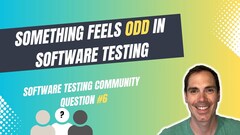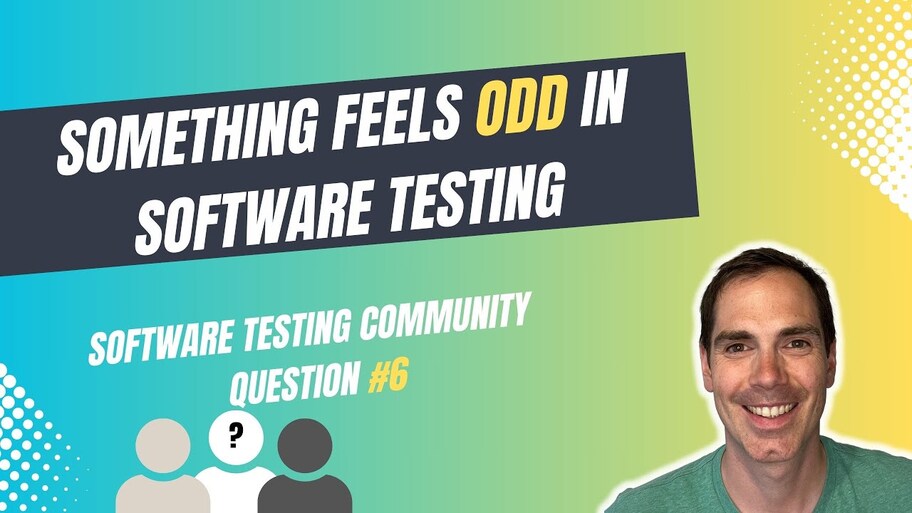Daniel Knott
Head of Product Engineering
Head of Product Engineering, with 18+ years in roles like Product Quality Lead and Senior Manager. Author, blogger, speaker, and YouTuber on software testing topics.
Achievements















Certificates
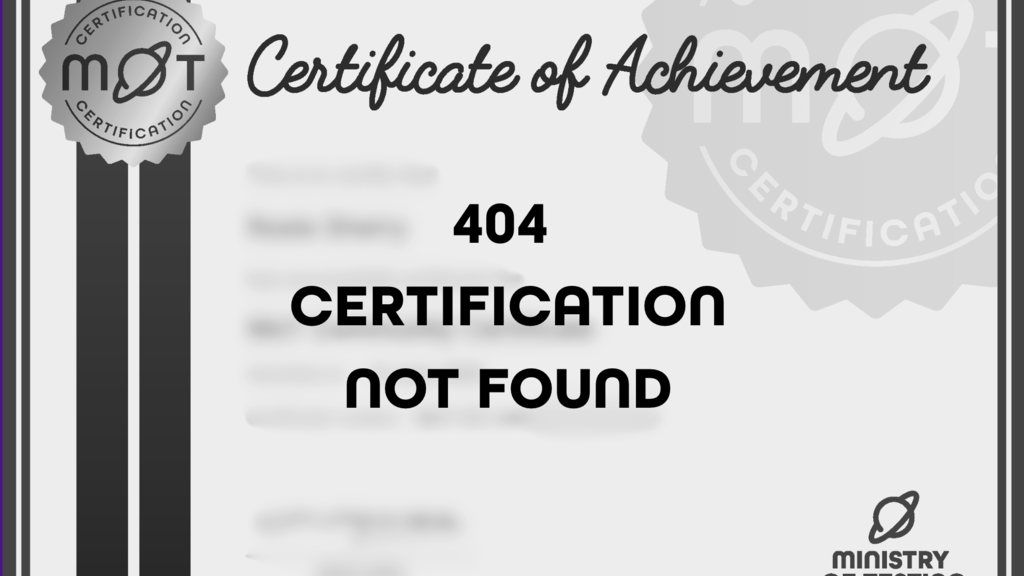
Level up your software testing and quality engineering skills with the credibility of a Ministry of Testing certification.
Activity

achieved:

This badge is awarded to members who create on-demand courses

contributed:

liked:

Eighteen months, 19 modules, and 59 amazing contributors later, the MoT Software Testing Essentials Certification is complete!
Looking back, my favourite part has been seeing so many community m...

achieved:

This badge is awarded to members who update their profile with a new photo.

achieved:

This badge is awarded to members who visit the Ministry of Testing site 404 times
Contributions
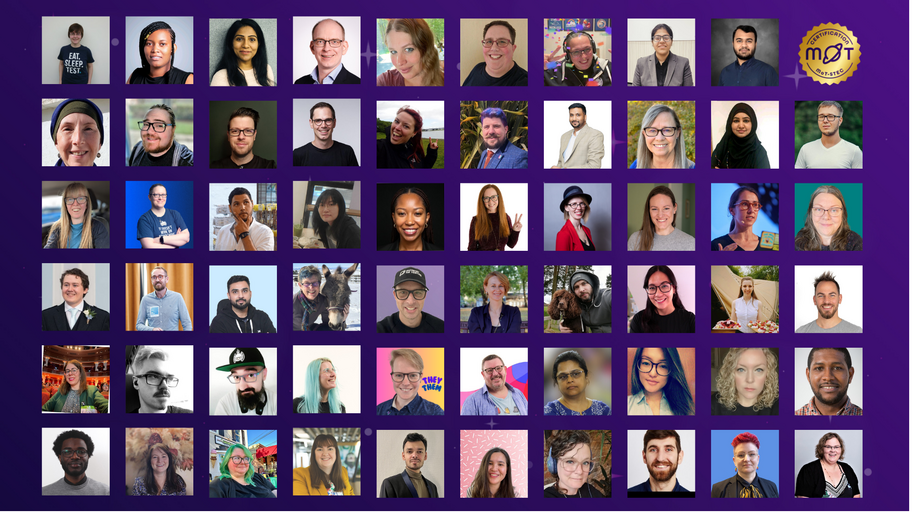
Eighteen months, 19 modules, and 59 amazing contributors later, the MoT Software Testing Essentials Certification is complete!
Looking back, my favourite part has been seeing so many community m...

The Mobile Test PyramidThe flipped testing pyramid has no stable foundation and mobile testing requires lots of manual testing, which is why I created my own mobile test pyramid consisting of four layers including manual and automated steps. The biggest layer of the pyramid is manual testing and forms the strong foundation for every mobile app project, followed by end-to-end testing, beta testing and a top layer comprising unit testing. The grey parts of the pyramid indicate the automated steps and the white parts are the manual testing steps. The beta-testing layer is new to the pyramid but essential to every mobile app project. Keeping the high expectations of the mobile users in mind requires this layer to be part of every mobile project to get early feedback from your mobile customers. You can either use a crowd testing approach for your beta testing or you can ask your colleagues to beta test early versions of your app to provide important feedback.

So what do we mean by mobile?Within software development, the term mobile refers to the development and testing of software or hardware for mobile devices. Mobile devices range from various sizes and form factors. They can have small screens as well as larger ones. They are packed with different hardware components to power mobile operating systems. Mobile testing comes with a unique challenge for software testers ranging from testing different types of devices and mobile operating systems and the usage of different sensors found within a device.
Have you got any examples? Mobile devices can be used in different mobile data networks from slow to fast connections. Mobile hardware and software is able to react on the current location and offer different kinds of input possibilities, like voice, acceleration, or orientation of a device. Mobile products can be developed in different kinds of ways, either with web technologies or native programming languages, such as Swift, Objective C, Kotlin, or Java.
What's the value of working with mobile?A stable mobile product being a web or native application offers the customer a great user experience wherever they are. Companies can generate huge revenues with the help of mobile products, assuming they invest in high quality software development, including testing. Everybody in the mobile team must have the same quality mindset in order to develop great product.
What are the pitfalls of Mobile Testing?Many teams test mobile product in the wrong environment. For example, in wrong networks or in the environment the customer will use the product. Mobile testing starts too late in the process, keeping in mind the amount of different devices and operating system versions. Teams are not focusing on the target customer base. They try to test on as many devices as possible.

Boost your career in software testing with the MoT Software Testing Essentials Certificate. Learn essential skills, from basic testing techniques to advanced risk analysis, crafted by industry experts.

Richard Bradshaw was joined by three experienced professionals with buckets of knowledge about AI in testing and their introductions were unique!

Overcome the challenges of mobile testing

Daniel Knott shares his insights into effect mobile test management at TestBash Mobile 2022

Begin your testing journey in mobile by learning the different aspects of testing mobile
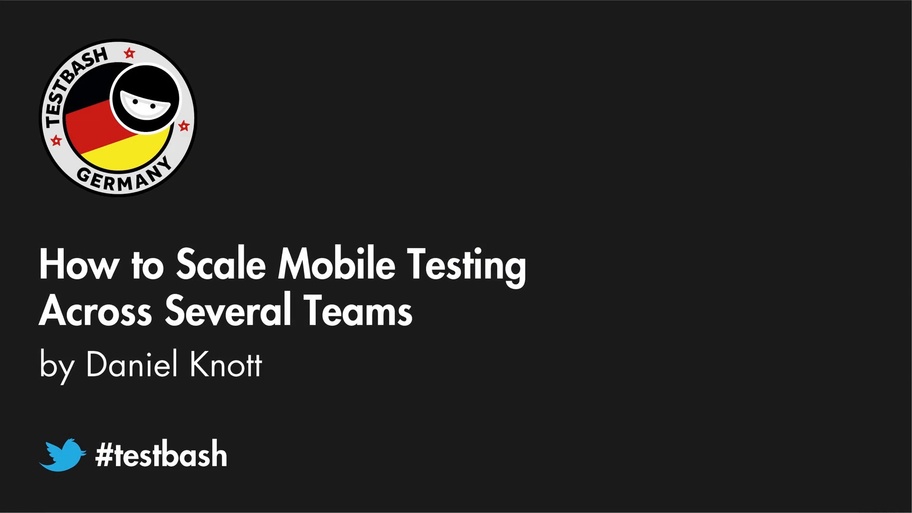
Watch Daniel Knott's talk "How To Scale Mobile Testing Across Several Teams" from TestBash Germany 2018

Read the latest article from The Testing Planet "Mobile App Testing Mnemonic: Reminders & Tips For Testing Mobile Apps" by Daniel Knott

We've all got a phone, lets test for 30 days!
